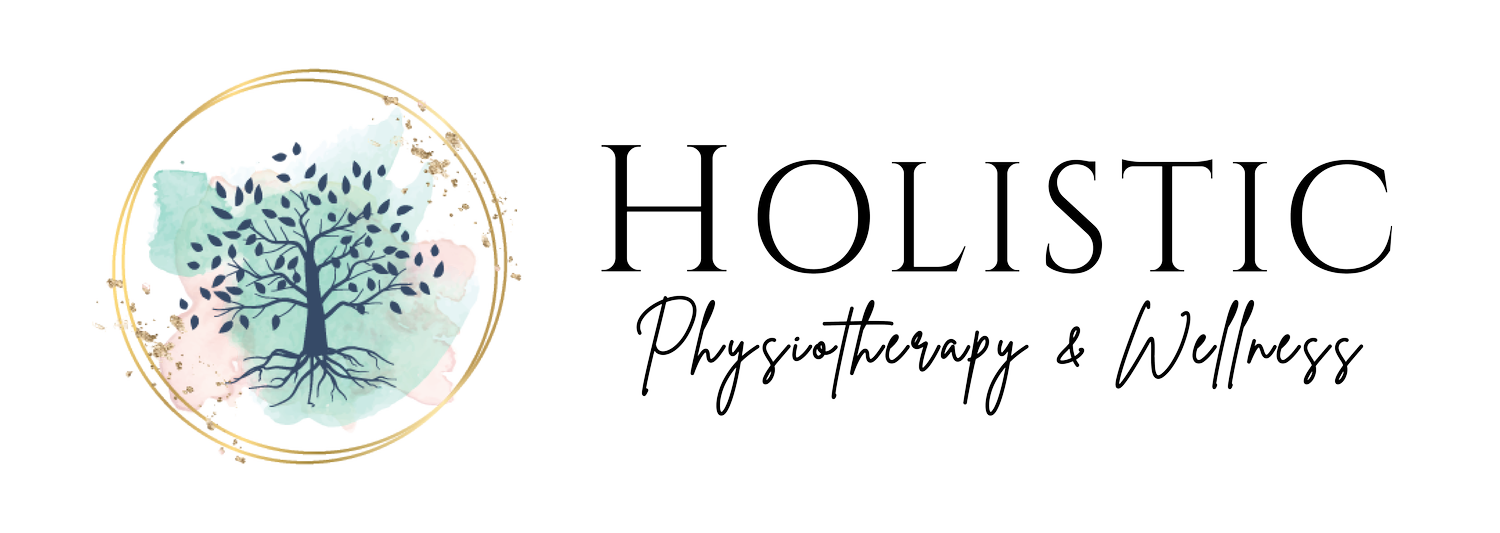The Hidden Impact of Suppressed Emotions on Physical Health
Written by Cara Riendeau | February 14, 2024
If you don’t acknowledge and express your response to an experience, including your emotions, it can be stored in your body and your nervous system. So many of us hold things in unconsciously even if it affects us negatively.
In my work I often observe many people who, when exposed to instability and chaos, take the role of being the one who is rock solid, the “I don’t need anything from anyone”, the “I can do it all” person. It's like wearing a mask that helps hide the pain. Withholding our vulnerability and bottling it up in a place deep within can offer a sense of “protection” from getting hurt.
Withholding your vulnerability can help you feel safe and in control but at what cost?
Here are a few common places the body holds onto emotion & trauma:
Jaw:
Chronic tension in the jaw and mouth can often be associated with trauma and chronic stress. Tightly bracing and holding this place in our body can be the result of frequently "waiting for the other shoe to drop" or waiting for the next bad thing to happen. Things like growing up in an unpredictable home or tolerating a relationship with someone who has a fiery temper can cause the jaw to hold tension. It also can be held in the body if a person wanted to call out to protect themself or someone else from an incoming injury but the response was silence or *freeze*. Sometimes people who were not (or are not) able to use their voice to create distance and space from a threat by opening their mouth and creating sound, carry tension here.
Diaphragm:
Chronic bracing of the diaphragm and shallow breathing can be associated with high impact traumas (this is the body's attempt to minimise injury if there is no escape from the impending impact). This bracing can even be from suppressing emotions. It actually takes a lot of effort to not to freely express oneself. The quality and consistency of our breath can tell us a lot about the state of our nervous system. When the body is in a state of chronic self protection, we often see the holding of our breath and tightening of our diaphragm to be closely related.
Psoas Muscles:
Your psoas muscles are the main muscular connection between your torso and lower body.Their major function is to help you flex your hip joint by bringing your leg up and in toward your torso. Trauma and stress can influence this muscle to become chronically contracted in preparation of protection, like running away or kicking. This can be a main contributor to chronic low back and hip pain.
Womb/Pelvic Floor:
The female reproductive system and pelvic floor is an intelligent and powerful space in the body that can hold life, and the emotions associated with life itself. It can be a place where trauma is held, as the psoas runs through here. Often, the wombspace is a place where emotions are nurtured and held until they are ready to be processed. Intergenerational trauma can often be associated with the womb and pelvic floor as well.
Honouring and acknowledging how much the things we want to let go of have actually helped us, can make space for learning new ways to access connection, boundaries, safety, and control. If you’re on a healing journey and are coming up against pieces within that you can’t seem to express or get out or let go of, I invite you to not force it and instead get curious about how that thing has served you. Can you honour it? Can you maybe even thank it for its aid for the times you’ve needed it? Ask what your body might need to feel safe enough to open itself to other options? What shows up for you here? How have your pieces served you, protected you all these years?
*Inspiration for this article are came from the instagram posts and beautiful writing of @lexyflorentia


